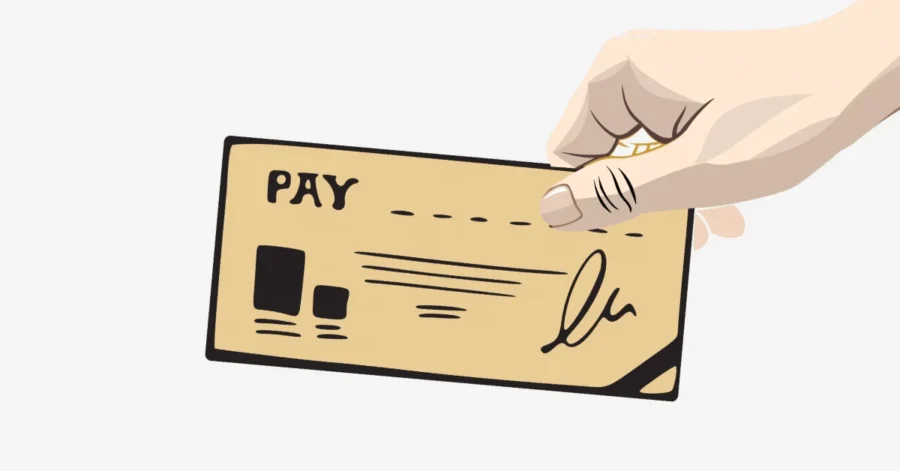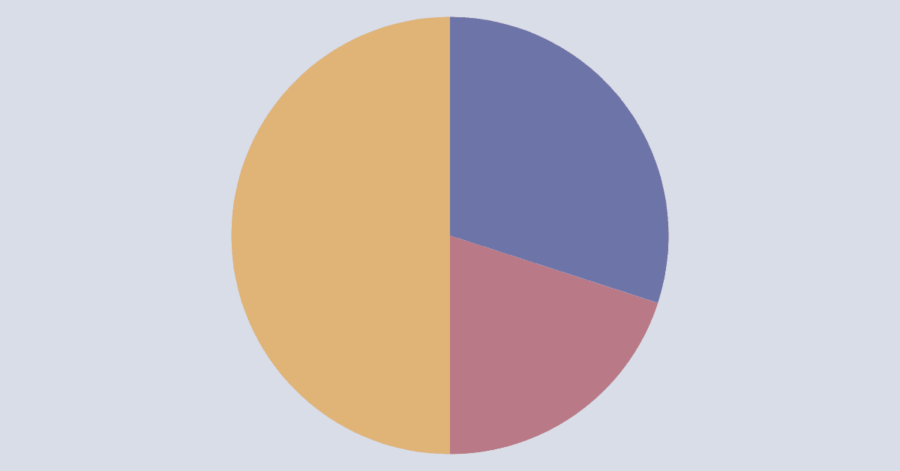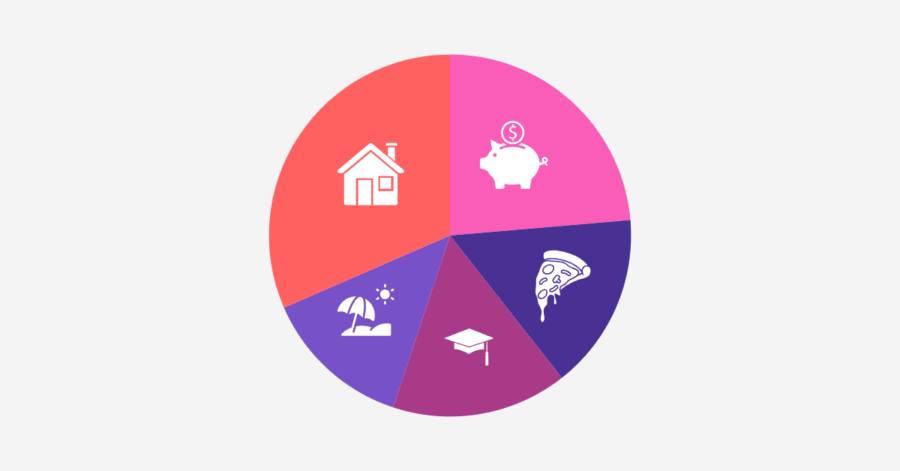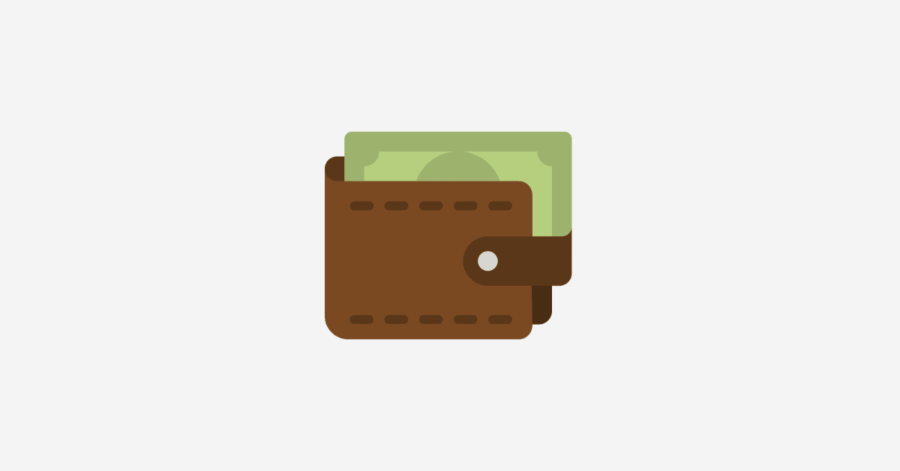Living paycheck to paycheck might seem like an infinite loop of uncertainty. As soon as your income hits your account, it’s already spent on rent, groceries, bills, and unexpected expenses.
Living on a salary means suppressing your choices. According to a survey, more than half of the global workforce is living paycheck to paycheck.
The reality is that most workers have very little savings, and even if an emergency arises, they do not have enough money to deal with it.
If this sounds familiar, you’re not alone. Millions of people are stuck in this same situation, struggling to get by with little or no savings.
The good news is that it’s possible to take control of your finances even on a low income by creating a budget.
What You’ll Learn
ToggleWhy Budgeting Is Important When You’re Living Paycheck to Paycheck

You are working hard, but never getting ahead. That is the reality. Living from paycheck to paycheck can always feel like treading water.
Budgeting is the only way that can help you slowly move towards stability. Here are three reasons that better explain why:
1. Break the Paycheck-to-Paycheck Cycle
Without a plan, it’s nearly impossible to save money or pay off debt. When your expenses start piling up, you’re stuck in a loop.
That’s why a budget helps you avoid unnecessary spending and save money. If you start saving even a little, you’re way ahead of most people.
2. Regain Control Over Your Money
When you feel like you’ve lost control of every penny you earn, it’s natural to feel helpless because money disappears as quickly as it enters your account.
In this situation, a budget helps a lot to regain control. Control is like knowing exactly where your money goes, how much you spend on particular things, and how much you save.
3. Make Smarter Financial Decisions
Money problems are one of the biggest sources of stress, especially when you’re not sure how you’ll cover your next expense.
When you know your finances, you’re less likely to make rash purchases or delay paying bills. That’s why a budget helps you make smarter decisions.
Once you start managing what you have, saving, investing, and reaching goals like paying off debt, going on a vacation, or buying a home becomes easier.
Steps to Budget When You're Living Paycheck to Paycheck

Step 1: Know Your Income
Many people budget based on their gross income, including taxes, which gives them a false idea of how much they really have.
Your budget should be based on the actual amount of money you have in your bank account (after taxes are deducted), not the amount your employer says on paper.
Before you create a budget, you need to know how much money you’re actually living off of. You need to know your net income, which is the amount of money you have left over after taxes, fees, and insurance.
Include any income you earn from other sources, such as salary, side gigs, tips, government benefits, child support, etc.
Step 2: Track Every Penny You Spend
Once you know your income, the next step is to track your expenses. This might seem daunting at first, but if you’re living paycheck to paycheck, it’s one of the most effective ways to keep track of your expenses.
You can’t fix something you can’t see. Most people think they know where their money goes, but small recurring expenses often get missed, like grabbing a coffee, snacking, buying a digital subscription, or making a surprise purchase.
These add up fast and can throw your budget out of gear. To track every expense, you choose any of these, like a notebook, a spreadsheet, or a notepad. Write or note each expense.
Step 3: Identify Your Spending Patterns
Now that you’ve tracked every penny, it’s time to analyse the data. This is an important step, as you’ll need to figure out where your money is being spent.
When you identify patterns, such as spending on unnecessary or impulse purchases, it becomes easy to know where you’re spending too much money.
Step 4: Categorise Expenses Into Needs and Wants
Divide every expense you have into two simple groups: needs and wants.
Needs are what is necessary to live, such as rent or mortgage, utilities (electricity, water, basic internet), groceries, transportation to work or school, minimum debt payments, essential insurances (e.g., health, car), and childcare.
Wants, on the other hand, are what is not essential to your basic responsibilities, such as eating out and takeaway, streaming services (Netflix, Spotify, etc.), subscriptions (gyms, boxes, apps), hobbies or entertainment, and new clothes (when you already have them)
Step 5: Prioritise Your Essentials First
This step is extremely important because it helps you focus your limited income on the things that really matter. In step four, you figured out what your needs and wants are.
Look, Wants aren’t awful. However, when you’re living paycheck to paycheck, they become more significant.
If you can afford it, you can (and should) include some expenses in your budget. But you need to know which expenses are optional.
Step 6: Create a Realistic Monthly Budget
Many people jump straight into budgeting without completing the preliminary steps, which is why their budgets fail.
But when you first know your income and expenses, categorize them. It becomes much easier to know where you are spending too much and which expenses are really necessary.
Now the question is how to make a budget that fulfills all your needs first. When you are living paycheck to paycheck, two budgeting methods will work for you.
1. Zero-Based Budgeting (ZBB)
In this budgeting method, you are left with nothing at the end of the month. I mean that every month the budget starts from scratch; basically, the sum of your net income and expenses, including the savings amount, equals zero.
To start ZBB, you will need a spreadsheet or budgeting app. After that, use the net income (after tax deductions).
Then, write or fill in how much you spent on each expense. If the names of the expenses are not listed, consider setting them to the corresponding sub-category.
2. 50/30/20 Rule
In this budgeting method, your income after tax is 100% in total percentage form.
You allocate 50% of the net income to your essential needs, such as rent, food, groceries, etc., 30% of the net income to needs that are your non-essential expenses, and debt and savings account for 20% of your net income. You can start this budgeting method with a spreadsheet or an app.
Step 7: Build an Emergency Fund
Even if you are living paycheck to paycheck, setting aside a small emergency fund can be a lifesaver.
You know, life is unpredictable. Some emergencies can happen suddenly, like car repairs, medical bills, or job loss. An emergency fund helps you a lot in handling yourself, without relying on credit cards or any other loans.
You won’t believe it, even saving $500 can save you from a crisis. Start saving as little as $5 per month, and you can increase it later.
Step 8: Review and Adjust Weekly
Budgeting isn’t something you set and forget. Life changes all the time, and a budget needs to be flexible enough to adapt to lifestyle fluctuations.
Reviewing a budget is easy; just do a few things:
- Compare what you spent and what you planned
- View receipts and transactions
- Check your balance
Step 9: Personalise Your Budget to Fit Your Life

This step is all about tailoring your budget to reflect your lifestyle, values, and financial goals.
Everyone’s priorities are different and your budget should reflect what matters most to you. Because if it doesn’t feel personal, you won’t stick to it.
Just do a little work to personalize your budget:
- Adjust the categories to suit your lifestyle
- Spend more on what matters to you
- Spend less on what you don’t value or use
- Incorporate your short-term and long-term goals
Conclusion
Living paycheck to paycheck can feel overwhelming, like you’re constantly running to stay afloat. But the truth is, you have more control than you think. By taking small, consistent steps, you can slowly move from financial stress to financial stability.
Remember, you don’t need a big income to create a better financial future. All you need is a clear plan, honest awareness, and a budget that fits your real life. Just start where you are and use what you have.
FAQs
What is the best way to budget when living paycheck to paycheck?
The best approach is to start by knowing your net income, tracking all your spending, identifying essential vs. non-essential expenses, and creating a realistic monthly budget based on that income.
Can I save money if I live paycheck to paycheck?
Yes, living paycheck to paycheck doesn’t mean you can’t save money. Even small weekly savings can help you build an emergency fund or larger savings.
How do I stop living paycheck to paycheck?
It’s not easy to stop living paycheck to paycheck, but it’s not impossible. There are two ways to do this: first, find ways to supplement your income through side gigs or skills, and second, build an emergency fund.
Which budgeting method is best for living paycheck to paycheck?
The best budgeting method for living paycheck to paycheck is zero-based and the 50/30/20 rule.






